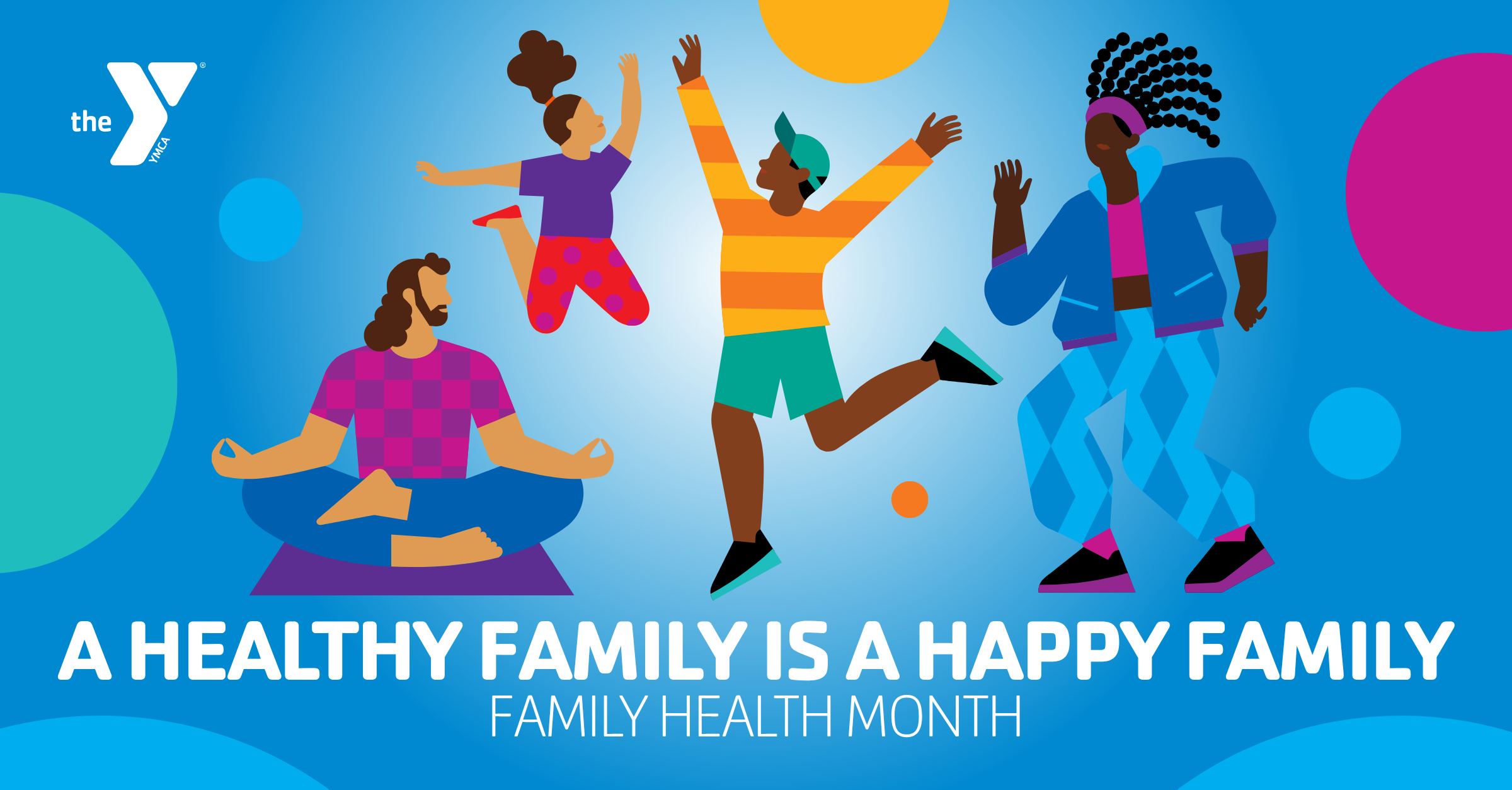Managing Seasonal Blues and Holiday Stress
Wisconsin winters bring beauty, outdoor fun, and cozy moments—but shorter days and colder temps can affect our mood and energy. Holidays can add extra stress, too. Some people may even experience Seasonal Affective Disorder (SAD), a type of seasonal depression that can impact mood, energy, motivation, sleep, and appetite.
You’re not alone—and there are simple, effective strategies to help you stay grounded, supported, and hopeful this season. This blog shares practical tips around Light, Mindset, Connection, and Rest to improve your mental health this winter.
Light: Physical, Spiritual and Emotional
During the winter, many people notice an energy drop simply because there’s less sunlight and the colder temps cause us to spend more time indoors. We also need Vitamin D to regulate serotonin levels and help our brain with emotional processing. When we decrease our level of sunlight, we can also experience a drop in Vitamin D levels so it is good to have your Vitamin D levels checked and supplement if needed.
Ways to Bring in More Light During the Winter:
- Get outside daily, even briefly. Morning light is especially helpful. So bundle up and step outside!
- Keep blinds open and maximize natural light in your home or workspace.
- Try a light therapy lamp, especially if you notice seasonal mood shifts. Many local libraries have these lamps available to check out to try. When purchasing, make sure the light is at least 10,000 Lux and use it first thing in the morning for about 30 minutes for best results.
- Look for moments of emotional brightness—a warm drink, a favorite song, a few minutes of stillness. Write down one thing that brings you joy and one thing you are thankful for each day.
- Remember why you celebrate specific holidays and take time to honor loved ones.
- Pray to lighten your burdens. We were not meant to carry the weight of all our stressors on our own and Jesus wants us to lay them down and walk with Him so we can find rest. (Matthew 11:29-30)
Mindset: Changing Expectations and Thoughts
Winter and the holidays often bring pressure to “do it all”—decorate perfectly, buy the right gifts, host the gathering, stay cheerful. That pressure can be overwhelming.
Instead, try giving yourself permission for simplicity. Being fully present with people and letting them know you care is what matters most. Allow yourself to shorten your gift list, especially for kids, if it seems like too much. Communicate clearly to those around you that you need to simplify holiday traditions this year in order to have more joy. If you are grieving, give yourself grace and communicate your need to do things a bit differently this year.
Consider:
- Choosing a few meaningful traditions and letting go of the rest.
- Replacing perfection with being fully present in the moment.
- Practicing gratitude in small, daily doses- this releases chemicals that boost our mood.
- Saying “no” when your schedule or capacity is full.
- Saying more positive words- and letting your emotions follow rather than the opposite.
- Picking a scripture to hang up and repeat daily to focus on truth.
Connection: Intentional and Meaningful
Social isolation impacts our physical and mental health. In the winter we need to be intentional about reaching out and finding meaningful ways to connect.
The first thing is to be open with someone you trust about the stress you are experiencing during winter and/or the holiday season. Tell someone when you are overwhelmed and ask for help. This sounds simple but many people believe they just have to “get through” the holidays and don’t express their feelings.
If you have difficulty on long winter days, tell someone and make plans to meet a friend or invite them over for a warm drink. Utilize the many open spaces at our YMCA locations to play a game with a friend or chat after a class so you can increase your social time during the winter months.
Rest: Protect Sleep and Recharge
Changes in daylight can disrupt sleep cycles, and holiday stress can make it harder to wind down. Keeping a journal next to your bed to write down stressors if they pop up in your mind and to write 3-5 things you are thankful for before going to sleep.
Quality sleep is one of the best gifts you can give yourself.
Simple ways to protect your rest:
- Keep a consistent sleep and wake time.
- Set limits on evening screen time.
- Build a simple bedtime routine: warm shower, reading, calming music, gratitude.
- Reduce sugar and caffeine to help your body better regulate.
You never have to navigate winter or the holiday season alone. Contact Mel Kistner, our Healthy Minds program director at [email protected] if you want to meet 1:1 to talk or need help navigating mental health resources.
Want to know more about changing thoughts and false beliefs that affect your mood?
When to Reach Out for Extra Help:
If your mood feels unmanageable, you’re withdrawing from others, your feelings of depression are worsening, or if daily tasks feel too heavy, please know that help is available. If you are expereincing symptoms of SAD, please get evaluated by a professional.
You can find support through:
- Local mental health providers
- Your primary care professional or Hospital
- Crisis lines and text services including 988- text or call 24/7 for mental health support.
![[Glacial Community YMCA LOGO SQ]](https://recliquecore.s3.amazonaws.com/imgs/ymca_logos/named_y/blue_purple.png)
![[Glacial Community YMCA LOGO FULL]](https://s3.amazonaws.com/recliquecore/imgs/ymca_logos/named/blue_purple.png)


